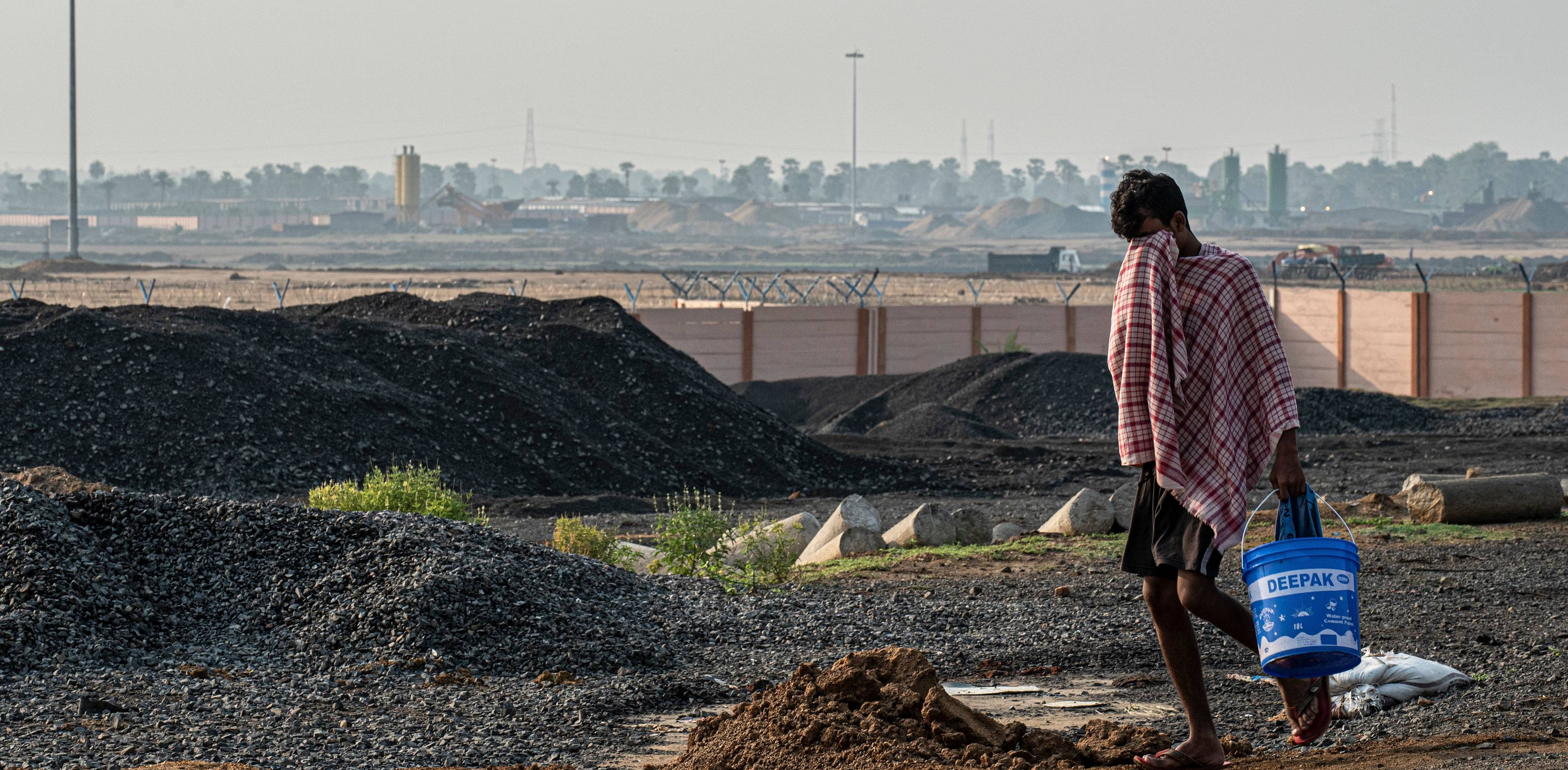
Our skin has turned red,” says Lakshmamma as she explains how the red earth and fine sand have intruded into their lives under the guise of a livelihood.
Residents of the villages near the mining sites in Sandur and Hospet taluks of Ballari district use the colour ‘red’ not just as a metaphor, but also in a literal sense: from opaque drinking water to dust-covered fields and roads, the shades of brown or red pervade every aspect of life here.
Lakshamma is forced to work in the mining fields to make a living even at the age of 63. Her husband, previously a mine worker, is sick and can’t move. “There is no other work nearby,” she says.
Read | A ravaged earth and the long wait for relief
A recent survey by civil society organisations in Ballari district shows that basic necessities such as toilets, drinking water, healthcare facilities and the revival of agricultural land have remained a distant dream for a majority of people in the mining-affected areas.
The lack of political will to improve the living conditions in these villages is reflected in the poor planning and implementation of the programmes by the District Mineral Foundation Trust.
Set up five years ago in each of the mining-affected districts under ‘The Mines and Minerals (Development and Regulation) Amendment Act, 2015’, this non-profit body is tasked with alleviating environmental issues and supporting the people affected by mining.
Poor utilisation of funds
As of September 2020, Karnataka comes last among the 12 major mining states when it comes to the percentage of funds spent for the people’s welfare. While Karnataka has spent just 17% of its District Mineral Foundation Fund (DMF fund), Andhra Pradesh, which ranks just above it, has used up 34% of its money.
A majority of the expenditure is centered around infrastructure projects, instead of social welfare.
Ballari, the hub of iron ore extraction in the state, had spent just Rs 270.87 crore (18%) of the Rs 1,493.63 crore of funds available as of July 2020.
No funds have been released in the district for environmental preservation and pollution control measures.
Ballari Deputy Commissioner S S Nakul said that the work has not been categorised properly and some of the work taken under physical infrastructure such as by-pass roads and mineral transportation corridors help reduce pollution. “We are working towards making the programmes comprehensive. Parivartana, a programme to train and support female sex workers take up self-employment; Chethana, to empower the physically challenged; and Svayamshakti to train women and youth in tailoring and computer are some of the new projects we have taken up for skill development and livelihood generation. We will be supporting nearly 7,000 people through these programmes,” he said.
Going by the reports, there has been considerable progress in the last one year, compared to the first four years of inaction.
Civil society is also doing its bit to revive the land and livelihoods of people in mining-affected areas. “In the past one year, we have helped create livelihoods through activities such as developing waste land, providing support to cultivation, kitchen garden and cattle rearing. Rs 1.5 crore was sufficient to create sustainable livelihoods for 120 families,” says Bhagyalakshmi of Sakhi Trust in Hospet. The trust is planning to have a social audit of the work done so far under DMFT in Ballari.
“We don’t see a systematic and structured effort to address the issues on the ground. This scattered implementation of projects without considering local ecosystems and consulting local communities isn’t sustainable. Of late, bureaucracy is more open to ideas from the civil society but nothing concrete has happened so far. Health and basic needs have not been met. The least they could do is make an allocation for 300 days of work under Mahatma Gandhi Employment Guarantee Act 2005,” says Bhagyalakshmi.